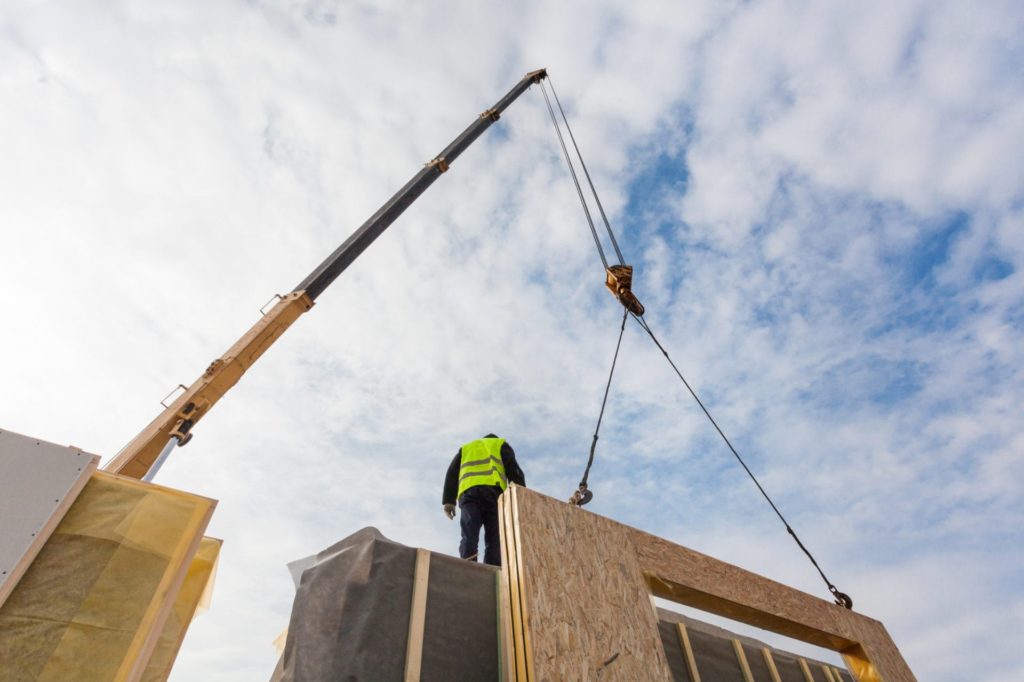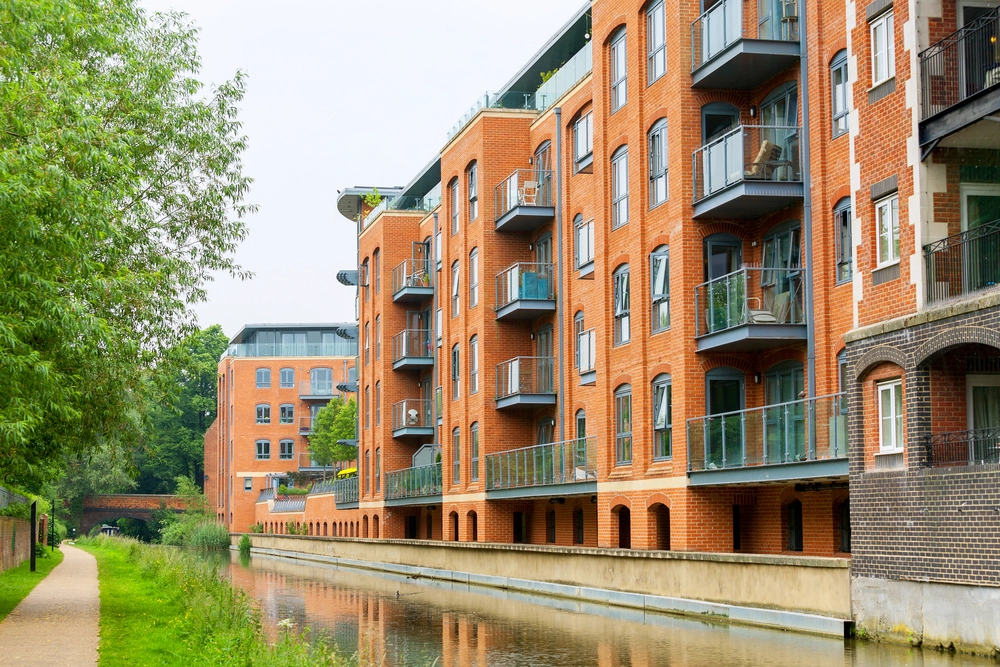'The housing crisis', a phrase that has loomed over the housing sector like a dark cloud. However, we are told the solution is simple, to build more new homes. This article will shed light on the key challenges faced by small and medium-sized (SME) housebuilders in the South West and the reason why this solution is not so simple.
Planning process
Due to ongoing cuts to local authority funding, Local Planning Authorities are under-resourced. Consequently, there are delays in planning permissions being granted and conditions being discharged. The impact of this is felt directly by SME housebuilders who are confronted with months and sometimes years of delays to their development projects. The result of this is a rising level of uncertainty in their income stream as well as deliverability of sites.
Due to the size and nature of SME housebuilders, the quantity and scale of sites they can progress simultaneously is constrained. If their sites are caught up in the planning process, they may not have other sites they can progress in the interim, leaving them at a standstill until they are granted the necessary planning permission. To protect the longevity of their businesses, SME housebuilders must diversify their capital allocation across multiple smaller sites, to ensure all their resources are not tied up in one larger site, which is stuck in the planning process. On a regional scale, this means an increase in planning applications fighting their way through, further slowing the process. Undoubtedly, this will not help solve the housing crisis issue any faster.
Therefore, it is imperative to the survival of SME housebuilders that the planning process is streamlined, and more resources are dedicated to Local Planning Authorities.
Planning reform
In the South West, counties largely comprise of towns and villages. This makes large scale developments in places such as Devon and Cornwall less favoured by locals and Local Planning Authorities. SME housebuilders can play a vital role in supplying smaller scale housing development sites in these areas, helping to meet housing targets and combat the housing crisis.
Currently, Local Authorities are under pressure to meet their housing targets. However, at the end of 2022, the Government announced their proposal to amend the Levelling Up white paper to eliminate mandatory housing targets, instead making them advisory. Without these mandatory targets in place, it's unlikely the Local Authorities will have the same incentive to process and grant planning permissions for housing development. Local Authorities are likely to become more selective in the types of developments they permit and become more prescriptive to their local plans, adding yet more obstacles for housebuilders to overcome. With limited resources and an increased need for certainty, this change will make some sites unviable for SME housebuilders and will further slow the process for them.
With the need for housing in the South West ever increasing, it's important that Local Authorities are motivated to assist in approving housing development plans in the South West. The proposed planning reforms will adversely impact SME housebuilders' ability to contribute towards this housing need.
Nutrient neutrality
Following the 'Dutch N' case in 2018, Natural England decided that planning permissions shall not be granted in Special Areas of Conservation (SACs), Special Protection Areas (SPAs) or Ramsar Sites unless it is shown that the development will not increase the current level of phosphates and nitrates in the watercourses, i.e. the development will be net nutrient neutral.
The Levels and Moors in Somerset, the River Axe in East Devon and the Camel Estuary in Cornwall, amongst others, were affected by this decision and as such, all development related planning applications in these areas were put to a halt. Without additional sites to progress, the affected SME housebuilders were left in limbo, awaiting further guidance as to how their planning application would be progressed and determined.
To enable planning applications to progress, the private sector, Local Authorities and Natural England have been working collaboratively to find solutions to achieve net nutrient neutrality for each site, depending on their individual characteristics. However, the developers in the affected areas are faced with the additional requirement for their sites to be nutrient neutral, requiring additional expenditure on assessments and measures to reduce nutrient loading. This additional financial burden is an unwelcome extra expense for schemes and in some cases will render those schemes unviable.
One way to achieve net nutrient neutrality is for housebuilders to purchase credits deriving from landowners taking land out of agricultural use. Those landowners who put their land forward will be required to do something to their land (for example fallowing the land or planting it with specific species) that reduces the number of nutrients being added to the relevant watercourse, in return for which they can either directly, or through an intermediary (sometimes a local authority), offer credits (to be identified in a scheme to be approved by Natural England) to housebuilders. However, such credits must be purchased deriving from land in the same regional 'fluvial catchment' zone. Given the large amounts of undeveloped land in the South West, SME housebuilders in the South West may be well placed to purchase credits for their scheme. However, this will depend on the number of credits available as well as the cost of them. Natural England is also putting forward its own Nutrient Mitigation Scheme, however this is currently only available in the Tees area, providing no immediate relief to housebuilders in the South West.
An increase in demand for mitigation land and credits may give rise to inflated prices and ransom situations where land supply in the fluvial catchment zone is limited. However, from a landowners' perspective, land that would previously not have been marketable to developers, due to its remote location or composition making it unsuitable for development (and in some cases unsuitable for agriculture), may now be more desirable owing to its potential to produce nutrient credits. Purchasing credits is likely to be a preferred option for housebuilders as Natural England advises that any mitigation land should be maintained for a minimum of 80 to 125 years, presenting a significant cost and commitment for housebuilders.
With their development sites generally based within one region, SME housebuilders in the South West continue to be significantly impacted by the ramifications of the 'Dutch N' case. It is worth noting that commercial developments are not subject to the same requirement to be nutrient neutral, making housebuilders in general the worst affected by the new requirements.









